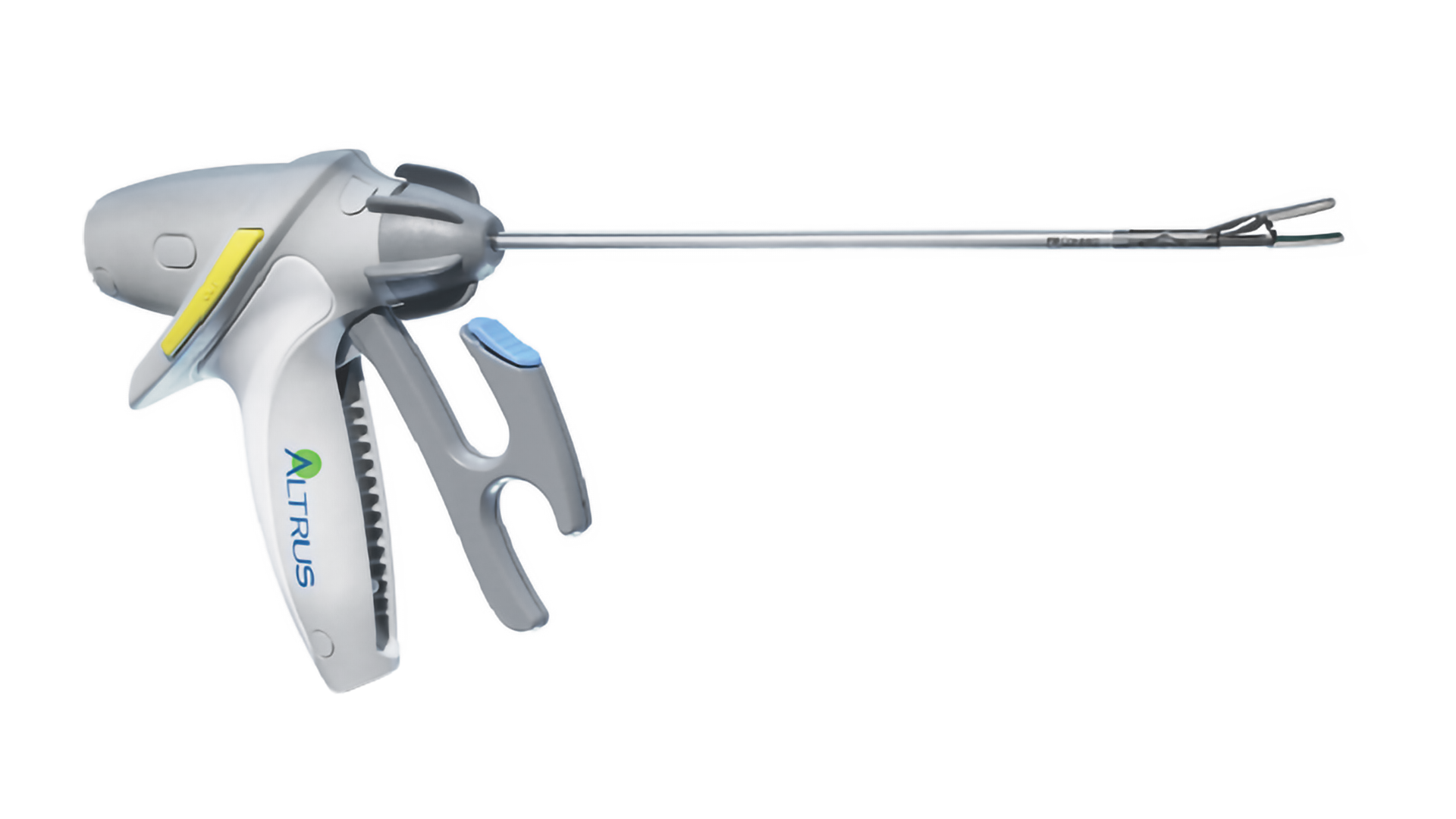Ultrasonic Vessel Sealing and Dissection Devices
Video
What
Ultrasonic vessel sealing and dissection devices use ultrasonic mechanical vibration to coagulate and dissect blood vessels and other tissue structures.
Why
These devices are often used in open, laparoscopic, and thoracoscopic surgical procedures for the following purposes and benefits:
To coagulate and dissect blood vessels and other tissue structures when surgically removing organs. Common procedures in which this is done include hysterectomies, colectomies, splenectomies, gastrectomies, pancreatectomies, and nephrectomies.
To dissect tissue. Common procedures in which this is done include adhesiolysis and endometriosis resection.
To coagulate and dissect tissue faster compared to tying sutures. Speed is a critical factor for reducing the amount of time the patient is under anesthesia and also reducing the cost of time in the operating room.
To coagulate and dissect tissue without leaving objects in the body such as staples or clips.
How
These devices use a combination of ultrasonic mechanical vibration and pressure to coagulate and dissect tissue. Most of these devices produce longitudinal ultrasonic vibration but there are also some devices which produce torsional ultrasonic vibration.
Ultrasonic vessel sealing and dissection typically involves the following main components:
Transducer: The transducer converts electrical energy from the generator into mechanical motion using the effect of piezoelectricity.
Waveguide: The waveguide transmits and amplifies mechanical motion from the transducer to the blade.
Blade: The blade is the exposed portion of the waveguide that generates frictional heating of tissue to induce coagulation and cutting. There is typically an antinode near the blade tip to maximize tissue effect.
Jaw: The jaw compresses tissue against the blade to produce frictional heating and induce coagulation and cutting.
Tissue: The tissue is compressed between the blade and jaw. The ultrasonic motion of the blade causes the hydrated tissue to heat up. Collagen and elastin molecules within the tissue melt and then fuse back together, creating the seal.
Lever: The user squeezes this to close the jaw.
Button: The user presses this to activate energy.
Energy Selector: This allows the user to produce different tissue effects. Increasing blade velocity produces faster dissection with reduced hemostasis. Reducing the blade velocity produces slower dissection with increased hemostasis. In some devices this is a separate switch and in others this functionality is incorporated into the activation button.
Rotation Wheel: The user rotates this to rotate the shaft and jaw.
Generator: This produces the electrical signal which drives the transducer. The generator uses a control system to excite the system at its resonant frequency for maximum performance and efficiency.
Battery: This is the power source for cordless devices.
Visual and Audio Indicators: These signal device status for cordless devices.
Components of a Typical Ultrasonic Vessel Sealing and Dissection Device
Additional Components of a Typical Cordless Ultrasonic Vessel Sealing and Dissection Device
A common misconception for longitudinal ultrasonic dissectors is that the entire waveguide vibrates back and forth in unison. In reality, the motion is transmitted as a longitudinal vibratory wave with multiple nodes and antinodes along the length of the waveguide. Nodes are locations of minimum displacement whereas antinodes are locations of maximum displacement. Displacement is amplified between the transducer and blade tip by reducing the cross-sectional area near nodes.
For torsional ultrasonic dissectors, the motion is transmitted as a torsional vibratory wave along the length of the waveguide.
Who
Some of the main companies who make ultrasonic vessel sealing and dissection devices include:
Johnson & Johnson, Ethicon (HARMONIC)
Medtronic, Covidien (Sonicision)
Olympus (SONICBEAT)
BOWA (LOTUS)
References
http://www.ethicon.com/healthcare-professionals/products/advanced-energy#!harmonic-portfolio
http://www.medtronic.com/covidien/products/ultrasonic-dissection
https://bowa-medical.com/index.php/de/newsreader/bowa-lotus-leistungsstarke-torsions-ultraschall-technologie.html, http://www.lotusultrasonicscalpel.com




